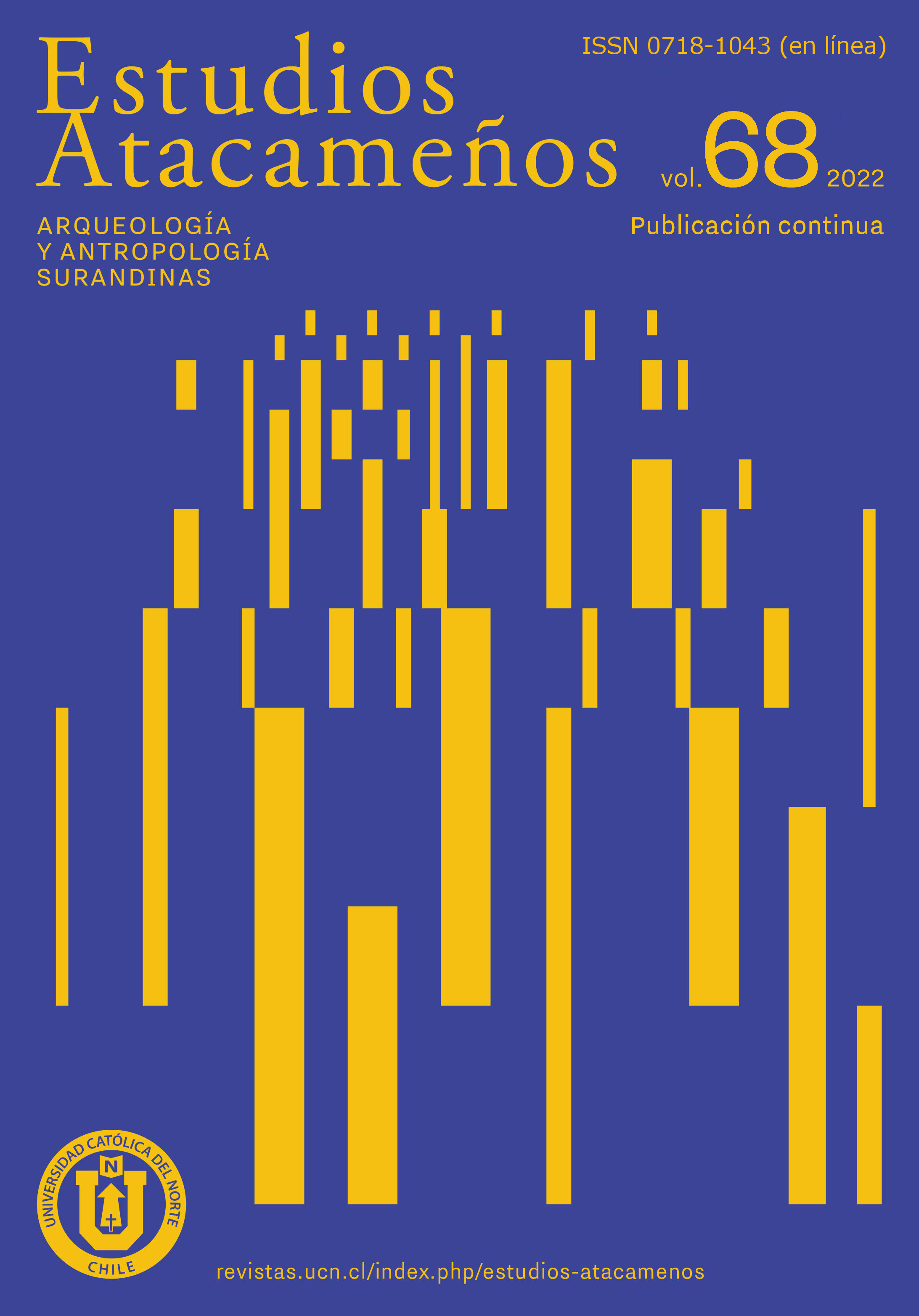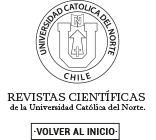Textile making to create life in the middle of the armed conflict in Colombia
DOI:
https://doi.org/10.22199/issn.0718-1043-2022-0008Keywords:
rural women, textile making, armed conflict, ColombiaAbstract
This paper presents three textile-making practices performed on a daily basis by rural women who have been victims of the armed conflict in Colombia and who live in the municipalities of Bojayá, Quibdó and Sonsón. These practices were identified through analysis of the textile biographies of women who participate in handicraft and memory sewing groups in each town. We argue that these practices are a form of domestic-scale political resistance that goes along with the collective work these women do. In this sense, throughout the text, we relay how mending and making clothes, rag dolls, and patchwork quilts provide daily opportunities to create a life for oneself in contexts of ongoing political violence.
Downloads
References
Agosín, M. (2014). Stitching Resistence. Women, Creativity, and Fiber Arts. Kent, WA: Solis Press.
Andrä, C., Bliesemann de Guevara, B., Cole, L., y House, D. (2019). Knowing Through Needlework: curating the difficult knowledge of conflict textiles. Critical Military Studies, 7486. https://doi.org/10.1080/23337486.2019.1692566
Arias-López, B. E. (2015). Vida cotidiana y conflicto armado en Colombia: los aportes de la experiencia campesina para un cuidado creativo. Aquichan, 15(2), 239-252. https://doi.org/10.5294/aqui.2015.15.2.8
Arias-López, B. E. (2018). Subjects suffering in resistance: an approach to the subjectivities of the Colombian armed conflict. Social Medicine, 12(2), 1.
Babcock, M. (Septiembre, 2008). Mending as Metaphor: Contemporary Fiber and Cultural Change. En Textile as Cultural Expression. Textile Society of American Symposium Proceedings, Honolulu, Hawaii.
Bacic, R. (2014). The Art of Resistance, Memory, and Testimony in Political Arpilleras. En M. Agosín (Ed.). Stitching Resistence. Women, Creativity, and Fiber Arts (pp. 65-74). Kent, WA: Solis Press.
Bello Tocancipá, A. C. y Aranguren Romero, J. P. (2020). Voces de hilo y aguja: construcciones de sentido y gestión emocional por medio de prácticas textiles en el conflicto armado colombiano. H-ART. Revista de Historia, Teoría y Crítica de Arte, 6, 181-204. https://doi.org/10.25025/hart06.2020.10
Beltrán Hernández, Y. (2019). Tejedoras por la Memoria de Sonsón: entre cuidados y conocimientos en el quehacer textil de memorias. Tesis de Maestría en Estudios de Género. Universidad Nacional de Colombia, Bogotá, Colombia.
Buckley, C. (1998). On the Margins: Theorizing the History and Significance of Making and Designing Clothes at Home. Journal of Design History, 11(2), 157-171. https://doi.org/10.1093/jdh/11.2.157
Calle, M. C. (2014). Quibdó, en su hora más oscura. Revista Semana. Recuperado de: https://www.semana.com/nacion/articulo/quibdo-en-su-hora-mas-oscura/397735-3
DANE (2018). Índice de Necesidades Básicas Insatisfechas.
Dickie, V. A. (2003). The Role of Learning in Quilt Making. Journal of Occupational Science, 10(3), 120-129. https://doi.org/10.1080/14427591.2003.9686519
Favaro, C. E. (2010). Penélopes do século XX: a cultura popular revisitada. História, Ciências, Saúde-Manguinhos, 17(3), 791-808. https://doi.org/10.1590/S0104-59702010000300013
González Arango, I. (2015). Un derecho elaborado puntada a puntada. La experiencia del costurero de tejedoras por la memoria de Sonsón. Revista Trabajo Social Universidad de Antioquia, 18, 77-100.
Greilson, J. D. L. (2005). Retalhos e linhas, tecendo nossas imagens: etnografia do artesanato de bonecas de pano no Sítio Riacho Fundo Esperança. Tesis de Doctorado en Antropología. Universidade Federal de Pernambuco, Brasil.
Hackney, F. (2013). Quiet Activism and the New Amateur: The Power of Home and Hobby Crafts. Design and Culture, 5(2), 169-193.
Hall, S. M. y Jayne, M. (2016). Make, mend and befriend: geographies of austerity, crafting and friendship in contemporary cultures of dressmaking in the UK. Gender, Place & Culture, 23(2), 216-234. https://doi.org/10.1080/0966369X.2015.1013452
Jaramillo, A. M. (2007). La experiencia del desplazamiento forzado en Urabá y el oriente antioqueño (1998-2006). Controversia, 189, 147-171.
Jones, D. (2001). Defining self and others through textile and text. Women’s Writing, 8(3), 375-390. https://doi.org/10.1080/09699080100200143
Larghero, P., D’Alto, V., Fonseca, H. y Jones, C. (2011). Mantas Traperas. Tradición textil en manos de mujeres. Montevideo: Ministerio de Educación y Cultura, Uruguay.
Meertens, D. (2000). Violencia y Desplazamiento Forzado en Colombia: miradas sobre lo público, voces desde lo privado. Revista Europea de Estudios Latinoamericanos y del Caribe, 69, 89-96.
Meertens, D. (2010). Citizenship Deferred: The Politics of Victimhood, Land Restitution and Gender Justice in the Colombian (Post?) Conflict. International Journal of Transitional Justice, 4(2), 189-206.
Middleton, J. (2019). La ontopincha: el compromiso con la materia. Utopía Revista de Crítica Cultural, 1(2), 75-84.
Morenos Figueroa, M. G. (2013). Displaced looks: The lived experience of beauty and racism. Feminist Theory, 14(2), 137-151. https://doi.org/10.1177/1464700113483241
Murphy, A. M. (2003). The Theory and Practice of Counting Stitches as Stories: Material Evidences of Autobiography in Needlework. Women’s Studies, 32(5), 641-655. https://doi.org/10.1080/00497870390207149
Olalde, K. (2019). Bordando por la paz y la memoria en México: feminidad sin sumisión y aspiraciones democráticas. Debate Feminista, 58, 1-30.
Pajaczkowska, C. (2016). Making Known: The Textiles Tollbox - Psychoanalysis of Nine Types of Textile Thinking. En J. Jefferies, J., D. Wood Conroy, D. y Clark, H. (Eds.). The Handbook of Textile Culture (pp. 79-94). New York, NY: Bloomsbury Academic.
Parker, R. (1984). The subversive stitch: embroidery and the making of the feminine. New York, NY: Women’s Press.
Pérez-Bustos, T., Chocontá Piraquive, A., Rincón Rincón, C. y Sánchez-Aldana, E. (2019). Hacer-se textil: cuestionando la feminización de los oficios textiles. Tabula Rasa, 32, 249-270. https://doi.org/10.25058/20112742.n32.11
Pérez-Bustos, T., Sánchez Aldana, E. y Chocontá Piraquive, A. (2019). Textile Material Metaphors to Describe Feminist Textile Activisms: From Knitting Yarn to Weaving Politics. Textile: Journal of Cloth and Culture, 17(4), 368-377.
Pym, C. (2018). Mending and Anatomy: Making Your Hands Knowledgeable. Utopian Studies, 28(3), 562-575. https://doi.org/10.5325/utopianstudies.28.3.0562
Quiceno Toro, N. y Villamizar Gelves, A. (2020). Mujeres atrateñas, oficios reparadores y espacios de vida. Revista Colombiana de Antropología, 56(2), 111-137.
Russell, H. D. (2014). Quilted Discourses: Writing and Resistance in African Atlantic Narratives. En Agosín, M. (Ed.). Stitching Resistence. Women, Creativity, and Fiber Arts (pp. 201-2011). Kent, WA: Solis Press.
UARIV (2013). Informe Nacional de Desplazamiento Forzado en Colombia 1985 a 2012.
Villamizar Gelves, A. M. (2018). Del “derecho a la reparación” a la reconstrucción de la vida: trayectorias de los grupos de mujeres Artesanías Guayacán y Choibá frente a la reparación en el Medio Atrato chocoano. Tesis de pregrado. Universidad de Antioquia, Colombia.
Villamizar Gelves, A. M., Quiceno Toro, N., García Becerra, A., Henao Buitrago, A. M., Gónzalez Arango, I. y Salamandra Arriaga, C. (2019). Artesanías Guayacán: raíces para la resistencia de un pueblo. Medellín, Universidad de Antioquia, Colombia.
Downloads
Published
Issue
Section
License
Copyright (c) 2022 Tania Pérez-Bustos, Isabel González Arango, Olga Elena Jaramillo-Gómez, Diana Marcela Palacio-Londoño

This work is licensed under a Creative Commons Attribution 4.0 International License.

All works published in Revista Estudios Atacameños (ISSN on line:0718-1043) Revista Estudios Atacameños Creative Commons International 4.0 attribution (CC BY 4.0) licence.
Authors remain the owners of their work and may republish their articles elsewhere without having to request permission, as long as they indicate that the work was originally published in Revista Estudios Atacameños (ISSN on liine:0718-1043).












